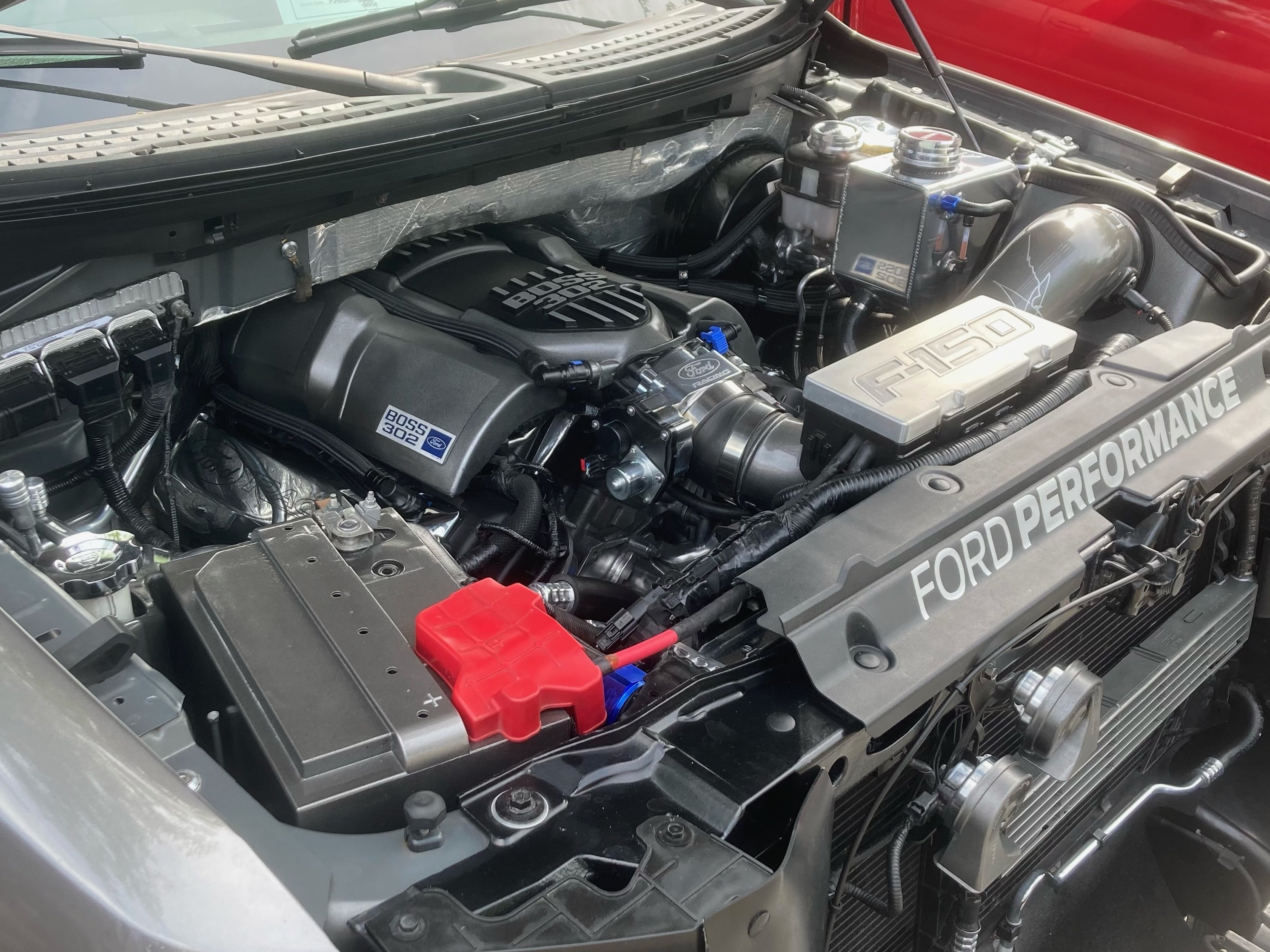Last Day! Guaranteed Free Delivery 12/24. Order by 3pm EST available on most items - Details
How to Install an Aftermarket Intake Manifold

If you’re upgrading to a 4-barrel carburetor, or replacing a restrictive OEM cast-iron intake, a performance intake manifold is in your future. But, installing one can be a tricky task if you’ve never done it before. Luckily, we have the necessary know-how and are happy to share it in this informative installation guide. So, read on and replace your intake manifold with ease.
Prepare Your Engine
- Start by disconnecting the negative battery cable
- Drain at least a few quarts of antifreeze from the radiator’s petcock. This will keep antifreeze from flowing into the cylinder head’s intake ports when you remove your old manifold
- Blow as much dirt and debris as possible from the top of your engine. You don’t want this stuff to fall down into the engine either
Clear the Way
- Note the layout of your engine compartment by taking several pictures of it. You’ll thank yourself later if you have lots of vacuum lines in your engine compartment to reconnect
- Start from the top and work your way down, removing cold air intake tubes, filters, brackets, vacuum lines, coolant hoses, fuel rails and sensors
- If you’re working on a distributed motor, pop off the distributor cap and mark the position of the rotor within to a point of reference on the firewall. This will make it far easier to reinstall the distributor again if you have to remove it
- In some cases, you can replace the intake manifold without having to remove the distributor. But if your distributor runs through a hole in the intake manifold, you’ll have to unbolt and remove that puppy now
Remove Your Original Intake Manifold
- Start by removing the manifold’s bolts from the center and work your way out in a star pattern
- Grab the manifold from the front and rear and gently rock it loose. If your manifold is stuck, you can use a prying tool to get it loose. Just remember, never pry where the manifold touches the cylinder heads
- As you remove the manifold, look at the mounting surfaces and make sure no sealant or gasket material will fall loose. If you see loose material, gently remove it
Clean
Cleaning the intake mounting surfaces of your cylinder heads is one of the most important steps to a successful intake manifold installation. The better job you do here, the better chance your new intake won’t leak. Remove old gaskets, sealant or anything else that’s stuck on the mounting surfaces. DO NOT use a razor blade or scraping tool, as these can scratch mounting surfaces and cause vacuum leaks. Instead, use chemical gasket removers or denatured alcohol and a rag to scrub the cylinder head’s intake mounting surfaces clean.
Install your New Intake Manifold
- If your intake manifold uses paper gaskets, place several ¼” drops of RTV sealant on the cylinder head intake mounting surfaces and with the bolt holes lines up, stick the gaskets to them. This will help keep the gaskets from shifting when you install the new intake manifold
- Wait 10 minutes. With luck, the RTV will have glued the gaskets into place by now
- Slowly and evenly lower the intake manifold into place. Having a buddy holding the other side of the manifold can really simplify this step
- Look into each mounting bolt hole. If you can see the gasket sticking out, shift the manifold side to side a little bit
- Once you have each mounting hole clear, install the intake’s mounting bolts and HAND TIGHTEN them from the center out and in a star pattern
- Now, using a torque wrench, tighten the intake manifold bolts to manufacturer’s specification. You may want to run through this torqueing sequence a number of times to ensure proper seating
Reassemble your Motor
If you had to remove your distributor, plug it back in and align the rotor to the mark you previously noted on the firewall. Using those photos you took earlier, reinstall everything you removed from your old manifold.
Start Your Engine
- After putting your engine back together or installing your spiffy performance carburetor. Fill your radiator or coolant reservoir with fresh antifreeze to the full mark. Leave the radiator or reservoir cap off
- Start the engine and listen for abnormal hissing sounds. This will indicate the presence of a vacuum leak. If a leak is suspected, spray carburetor or fuel injection cleaner around each intake runner and listen for a change in idle. If your engine suddenly stumbles while spraying cleaner, you’ve found the source of the leak and need to fix it before moving on
- As your car warms up, the engine’s thermostat will open and the fluid level in the radiator or coolant reservoir will suddenly drop. This is called “burping” the cooling system. You can now top off your cooling system with fresh antifreeze and put the cap on securely
Be Diligent
Now even though your intake is installed and your ride is running better than ever, your job isn’t done yet. That’s because as your motor warms and cools, parts that are bolted together can shift and loosen. This especially holds true when it comes to intake manifolds, and in many cases, problems can arise even weeks after installing one. So, for the first month of enjoying your new intake, be sure to recheck the tightness of the mounting bolts once per week.

